Today I had a great coaching moment. I volunteered to assist my old high school First Rowing VIII Crew and was working with one of the young rowers to change his hand movement during the rowing stroke. His incorrect technique was impacting the rest of the crew as it was causing a disruption in the balance of the boat. In rowing, having a stable, balanced boat is critical for performance and the physical safety of the rowers’ backs. We will come back to this example later in this article, but first we will just remind you of some key coaching concepts which will be used in this example.
THE COACHING STYLES AND ATHLETE CENTERED COACHING
As background, the central philosophy of an Athlete Centered Coach is the desire to meet the coaching needs of their athletes by coaching them in the way they most require. To do this, coaches must know themselves and the athlete’s personality. Being an athlete centered coach, means being able to effectively perform each of the four main coaching styles. These styles are Dominant, Steady, Influence and Conscientious. The challenge is in knowing when to use each style and with which athlete.
We have articles dedicated to Athlete Centered Coaching and the Coaching Styles! For an in-depth look at both these topics read on with ‘The Four DISC Coaching Styles’ and ‘Athlete Centered Coaching’.
The overarching goal of athlete centered coaching, is to develop athletes who take responsibility for themselves and their behaviors. This means, enabling the athletes to have ownership over their involvement in sport, as opposed to being too often directed by the coach to perform as they say.
Back to the example
My first approach to get John* (not his real name) to make the change was to use a Dominant coaching style. This meant I explained and directed him to make the change by creating an awareness of what his hands were doing and giving him the correct technique to use. However, although he could make the physical change, the change did not “stick” for more than two or three strokes.
It started to develop into a situation where I would have had to constantly remind him of the correct technique. How many times could I do this? My patience would surely run out. I realized my coaching style was obviously not working. This is critical, because my coaching input and advice was exactly what this athlete required, however, my method of communicating and my style were not working. So instead of just talking to him more and making him feel self-conscious and insecure, I thought, I need to use a different style.
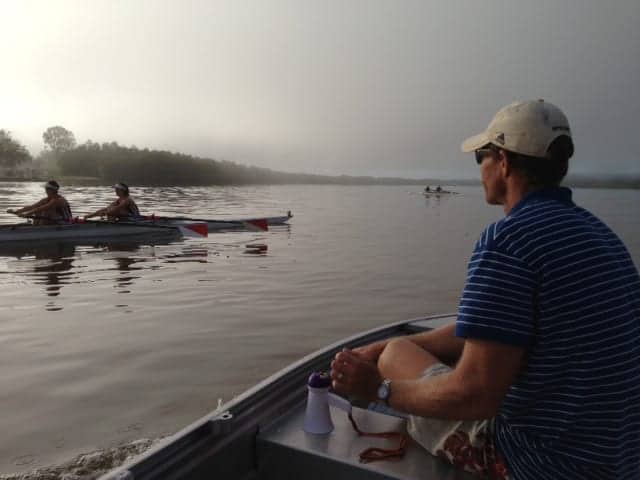
When we stopped rowing at the half way mark, I moved the speed boat over and said to him,
“John, how are you going?” To which he replied, “OK.”
“John, do you recall the technical change I was talking to you about during the session?”
“Yes, I know you want me to keep my hands lower in the boat over my knees.”
“Exactly, but I do not know how to make this happen for you. What do you suggest we do so this important change sticks, because at the moment, your hand heights are affecting the balance of the boat? So how are we going to get you to make this change with your hands so the rest of the crew can benefit from a better balanced boat? I do not know what else to say to you and I feel that maybe you would like me to be quiet. What are your thoughts on how to make this change?”
“Well Bo, I would like you to not have to tell me to keep pushing my hands down.”
“Well John, this is something we need to fix so what are your thoughts on getting this right, because as you can see the whole crew is relying on you.”
“Ok, I will focus on this intently when we start rowing again and I will make sure I get it right.”
I had no idea how John was going to do this, but that did not matter. All that was important was John knew how he was going to do it. He worked it out for himself and when the crew started rowing again, immediately he had begun to row better and I could see him making the required change. In the above interaction, I changed my coaching to be the Steady style of coaching where I ask more questions than tell the answers.
After John had identified for himself how he would make the change, I shifted myself to an Influence style of coach who gives positive encouragement to reward his effort in making the change.
At the end of the session, what was most rewarding was the pride John showed when we debriefed the row. He made the required change, the crew had a great row and I could see this made him feel good about himself.
The bottom line is this. Every athlete knows how they need to be coached, even if they cannot articulate this to you; they inherently know what they require. Our role as a coach is to try different coaching styles and communication methods until we all create the result we want. In this example, I shifted from a Dominant style to a Steady style where I asked John questions and he came up with the answers. Finally I shifted again, to an Influence style whereby I gave him positive encouragement and praise to reinforce his effort in making the change.
Watch Bo Hanson speak about How to Coach the DISC Styles.
Being able to adapt your coaching style to suit the needs of your athletes is the fundamental principle in being an Athlete Centered coach. What is best about this approach, especially when you use the Steady style of coaching (where you ask more questions than tell them answers), is that it results in your athletes performing better when it matters on game or race day. This is due to the athletes being accustomed to thinking for themselves and being able to solve their own problems without your coaching input. The result is better performance when it matters the most.
If you want to truly take control of your results you must first understand how and why you behave as you do (and understand how and why your athletes behave as they do). Discover more information about the AthleteDISC profile for athletes and CoachDISC profile for coaches.
We hope you found this example of how to use the Coaching Styles and Athlete Centered Coaching. For an in-depth look at both these topics read on with ‘The Four DISC Coaching Styles’ and ‘Athlete Centered Coaching’.
At Athlete Assessments, we’re here to provide you with excellence in service and here to help you be your best. If there is anything we can assist you with, please Contact Us.
Recommended Articles
As we all know, our personality impacts our behavior and as such has a direct impact on our coaching style. However, unlike personality, which is relatively stable, a coach’s style is a preferred pattern of behavior and as such it can be changed or adapted depending on the situation. Most of all though, a coach’s style can be changed or adapted if they are aware of their style preference and what style will give them the results they need.
Can a coach coach themself? It’s an interesting question to ponder. While the role of a coach is to constantly work with their athletes and team to develop and improve, and we know that coaches by nature and role can be excellent at developing others, what about when developing themselves?
Every time an athlete, coach or team strives to better their performance, they analyze themselves in action, identify areas to improve upon and make plans for change...


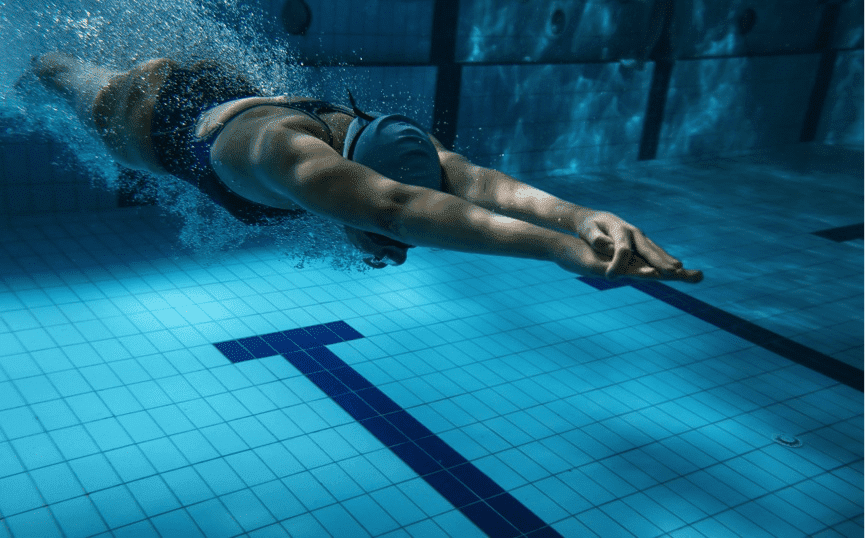
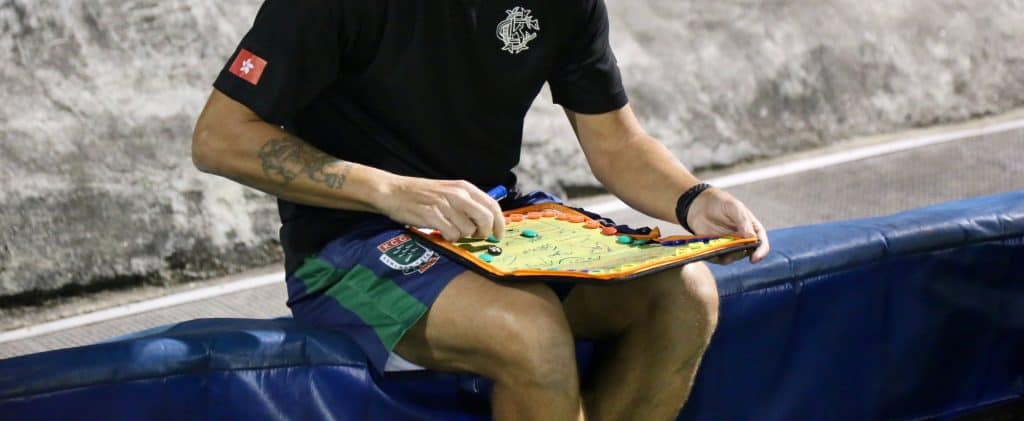

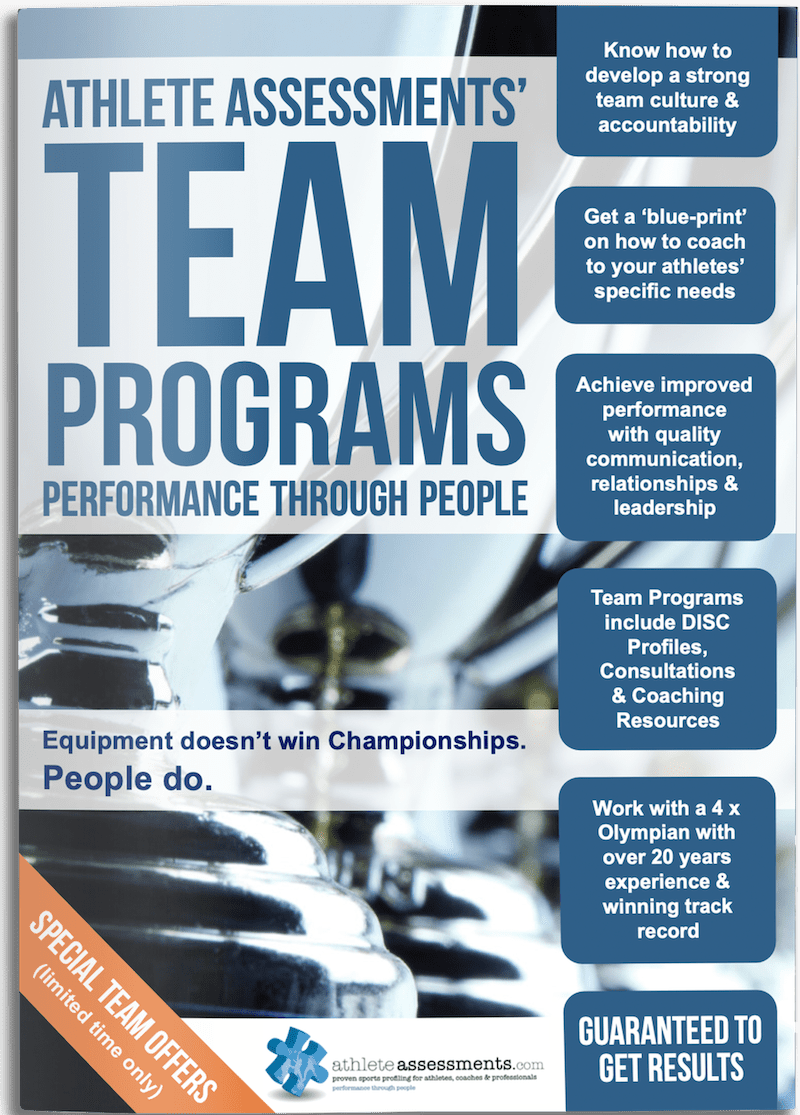
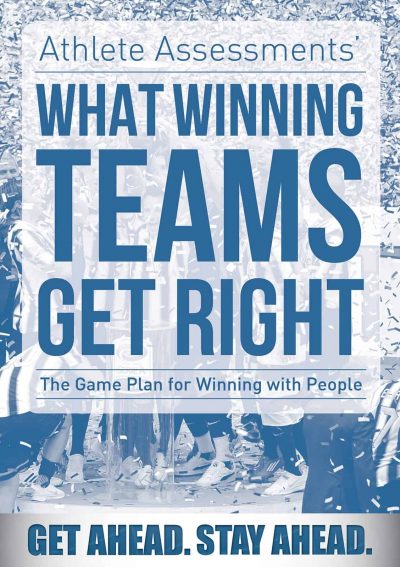

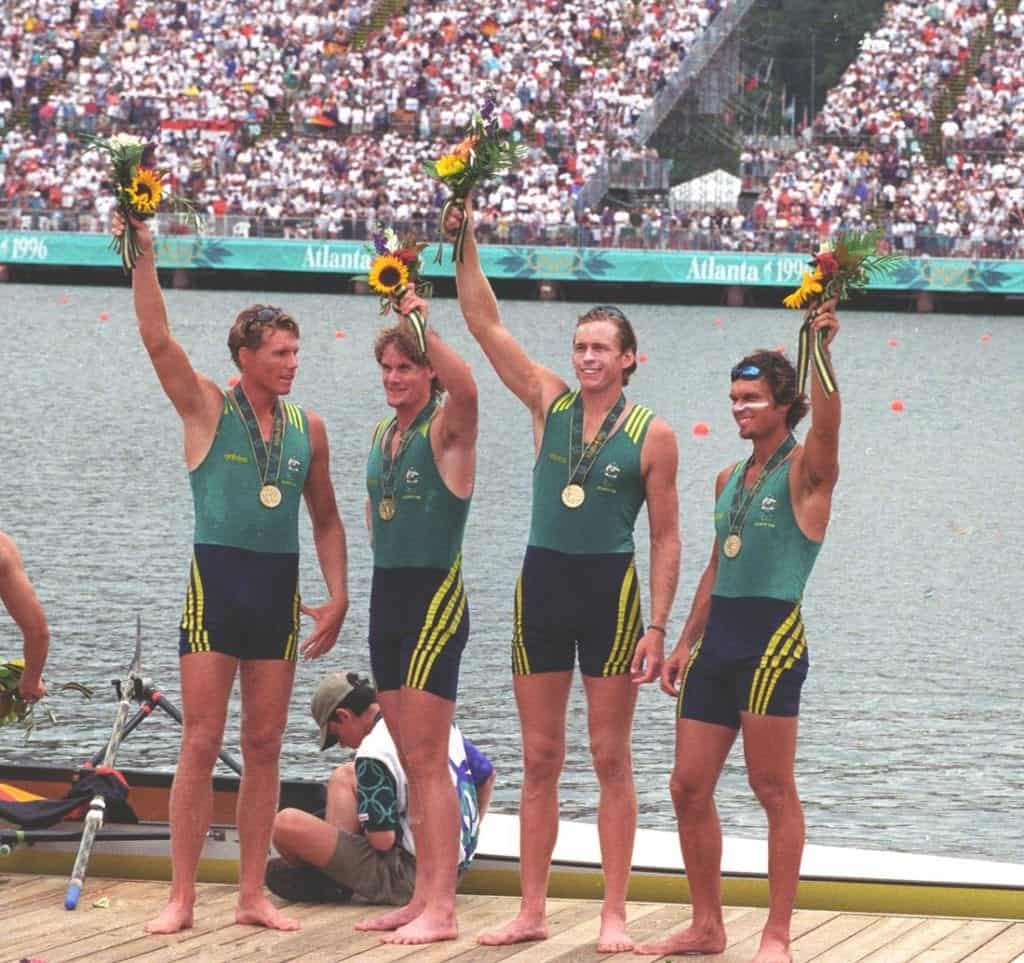
2 thoughts on “Athlete Centered Coaching: Do Athletes Know How They Need to be Coached?”
Pingback: An Athlete Centered Moment – USATennisCoach
Pingback: Sport Coaching Styles: The Four DISC Styles | Athlete Assessments